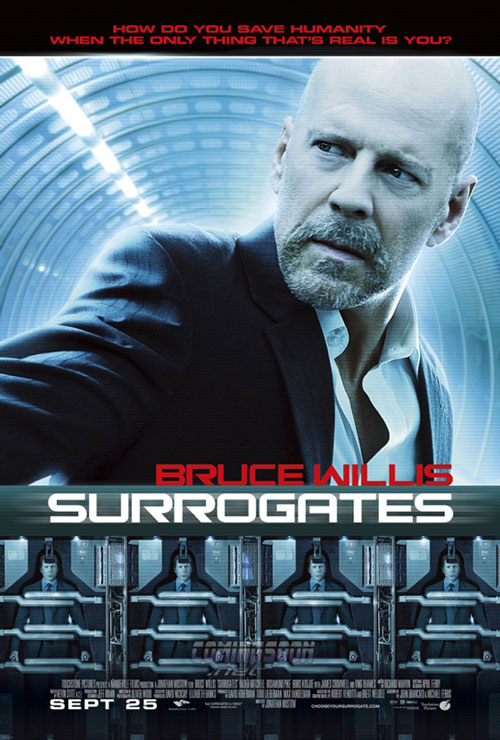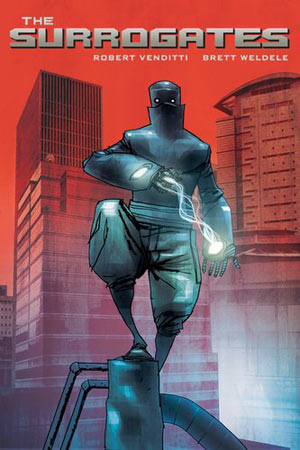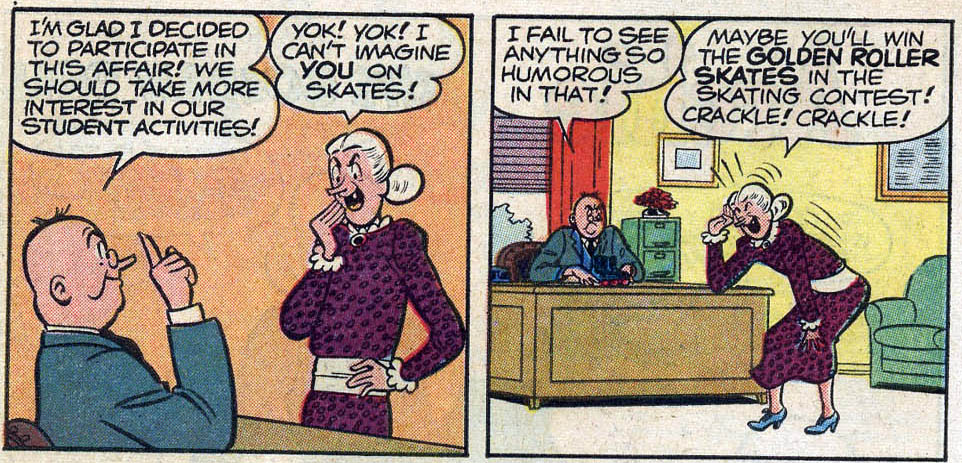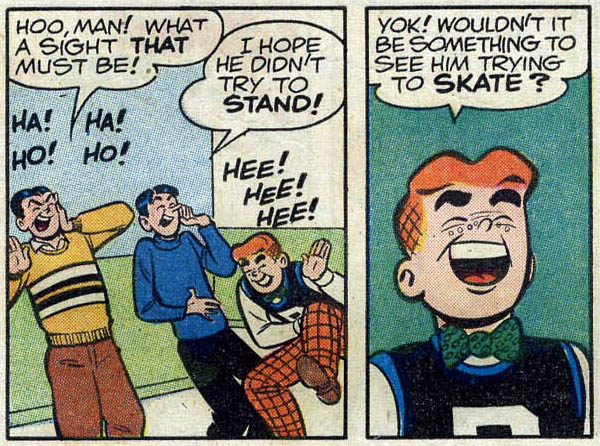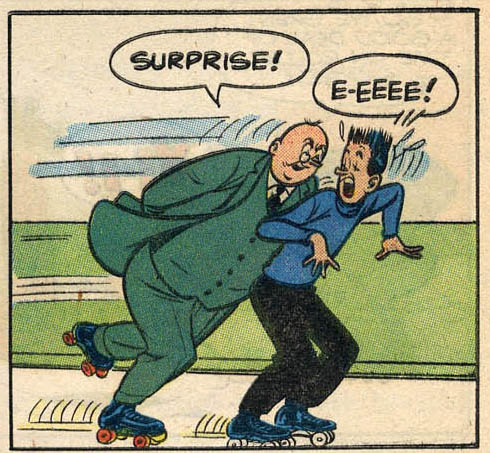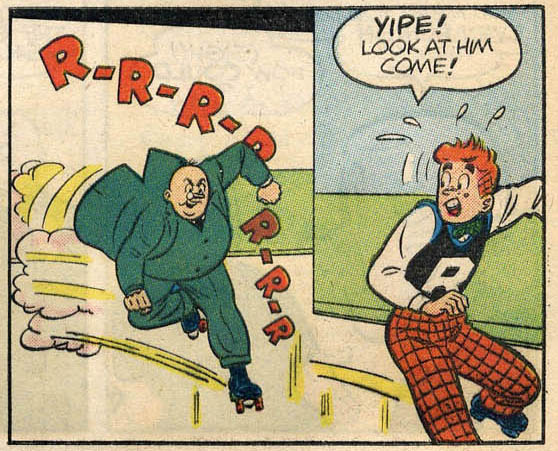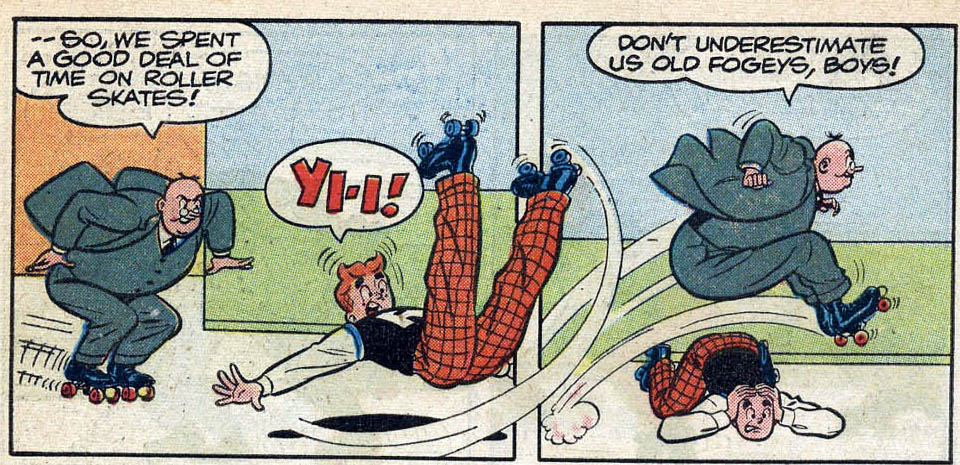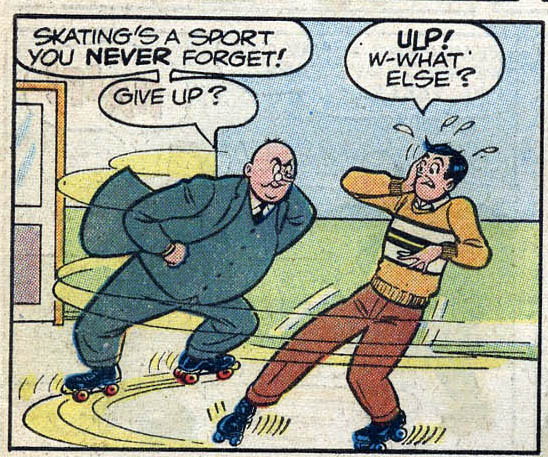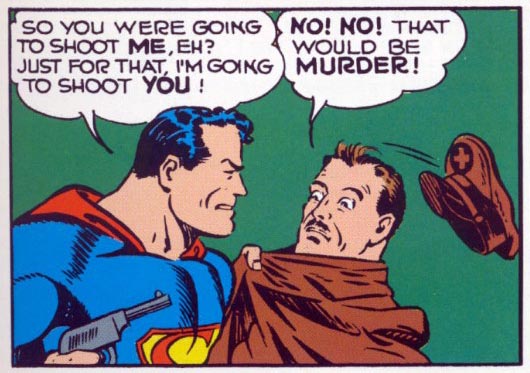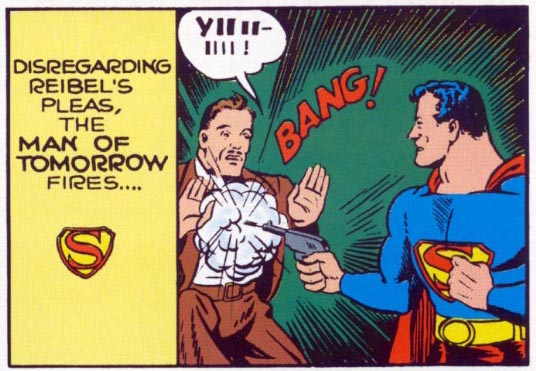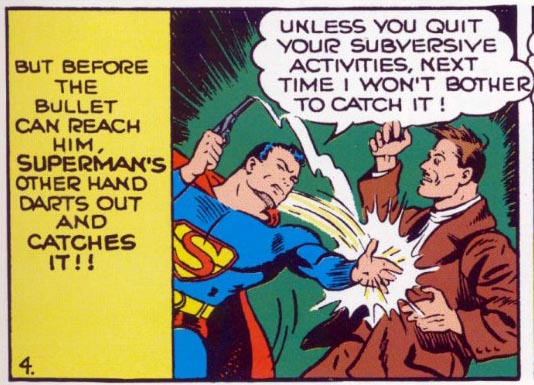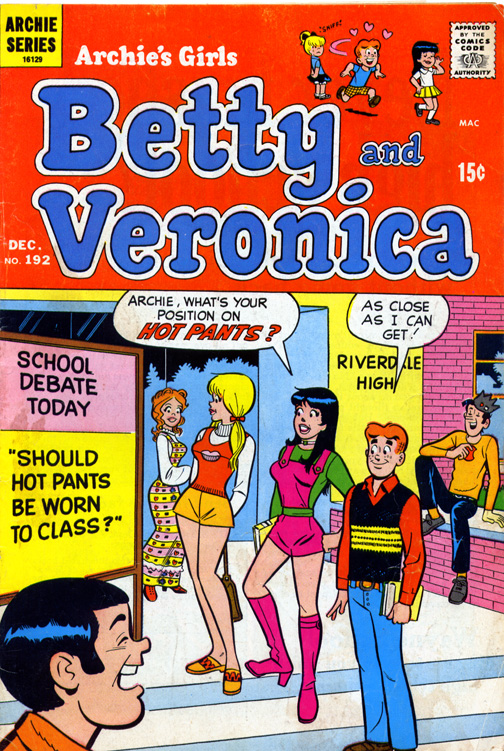John, how you say, Buys Comics
/No reviews last week and here’s why: everything I bought was good-as-usual. The Unwritten, The Anchor, Daytripper, Age of Reptiles, R.E.B.E.L.S, Booster Gold… everything I bought was from a series that I liked and everything was just peachy. The only real standout was Adventure Comics, not because of any shift in quality but because it was the last Johns issue and now there’s the question of whether it will crash and burn under new management or keep on keepin’ on. Only time will tell.
Oh, and that First Wave preview made a return appearance and I noticed something that I’d missed the first time around. In the Batman portion, and I quote:
“In this world, Bruce Wayne is new to the game. He’s young (early twenties) and inexperienced. He’s not the brooding man that we’ve come to know…”
Well, yay. There’s the fun of a whole new universe, right? You can get away from the tired old clichés like Batman’s navel-gazing assholery and try something new. Good job oh wait there’s more.
“… but trust me, what we’ll put him through will get him there.”
Oh. Never mind then. This is going to be one of those reimaginings that slowly reverts to the standard interpretations of the characters. Or maybe I’m being too cynical. Probably not, though.
This week: lots of new developments!
Solomon Kane: Death’s Black Riders No 1 (of 4)
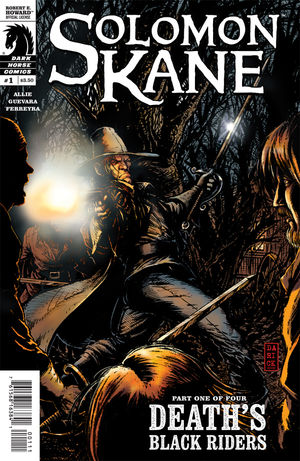 Just in case you’ve never been to this website before: Solomon Kane is one of my very favourite characters, a Puritan-style blend of the violence of Conan and the worldview of Rorschach. I think that he’s neato.
Just in case you’ve never been to this website before: Solomon Kane is one of my very favourite characters, a Puritan-style blend of the violence of Conan and the worldview of Rorschach. I think that he’s neato.
Death’s Black Riders follows immediately after Castle of the Devil (and there’s even a little note on the inside front cover saying that it’s number 6 in a series) and finds Kane still trying to get out of the danged Black Forest. Big surprise: he runs into a whole new pack of monsters, this time in the form of crazy many-limbed torso beasts, some of whom wear hats. Sadly, there’s no sign of roguish Englishman John Silent but I think that maybe roguish Frenchman Gaston l’Armon will be an adequate replacement.
I am 99% certain that Guy Davis did some of the monster design on this series. Woo!
Incorruptable No. 2
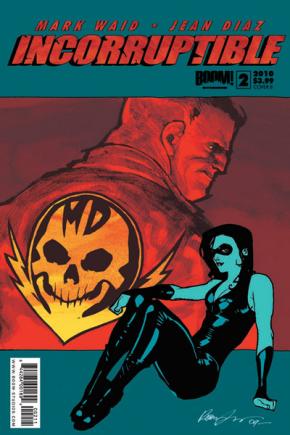 SECOND ISSUE OF JUDGMENT
SECOND ISSUE OF JUDGMENT
Hooray! I like the second issue a lot more than the first! Max Damage's change of alignment starts to cause him some difficulties, which is great - if he'd kept walking through the series like a messiah I don't think that I could have taken it. There was a little bit of ham-handed exposition, but at least it was about Max's powers, which are cool. So yeah: there wasn't as much of the stuff that made me pooh-pooh the last issue.
Plus, this series is set in the same world as Irredeemable, which sets up a lot of really neat situations. Most of the action in Irredeemable is centred on the Plutonian and the super-humans that are fighting him, which makes for some good story, but the ground-level devestation and terror that's on display here is almost more interesting. People are terrified of the Plutonian, to the extent that they're paying mad scientists for back-alley super-powers and killing themselves before he can do so. So long as things continue in this vein, it's thumbs-up from this guy.
Streets of Gotham No. 8
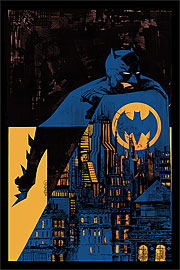 Man, the main feature on this one was kind of ass this month. So you got a story that’s going to be dealing with non-standard sexual preferences in a judgmental way, that’s always painful. You got Dick “I was made Batman as part of an attempt to get away from the one-dimensional asshole characterization that Bruce had fallen into” Grayson acting like a one-dimensional asshole. You got Dick “had a mental breakdown over my role in indirectly causing the death of a mass murderer” Grayson giving a tacit thumbs-up to the murderer of a safe cracker. You got another month to wait until that actually-interesting Mr Zsasz story gets resolved. Bleah.
Man, the main feature on this one was kind of ass this month. So you got a story that’s going to be dealing with non-standard sexual preferences in a judgmental way, that’s always painful. You got Dick “I was made Batman as part of an attempt to get away from the one-dimensional asshole characterization that Bruce had fallen into” Grayson acting like a one-dimensional asshole. You got Dick “had a mental breakdown over my role in indirectly causing the death of a mass murderer” Grayson giving a tacit thumbs-up to the murderer of a safe cracker. You got another month to wait until that actually-interesting Mr Zsasz story gets resolved. Bleah.
Manhunter was good, though.
Joe the Barbarian No. 1 - Diabetic kid with a troubled life lapses into a blood sugar-related hallucination and ends up interacting with an effed-up fantasy land populated by his toys, many of whom are lisenced DC characters? Plus it looks really really nice? I am fully on board.
Cowboy Ninja Viking No. 3 - I know that there are probably a lot of people who are skeptical of a series based around the fact that the main character is a cowboy, a ninja and a Viking, and that exclaiming over characters who have a single three-role shtick isn’t really doing much to convince you that it’s worth picking up, but… Sniper/Chef/Black Belt! Sergeant/Demolitions Expert/Amish Guy! How much fun is this book?
Power Girl No. 8 - This is such a good series. Vartox’s courtship of Power Girl was completely endearing.
The Zombies that Ate the World No. 8 (of 8) - More Guy Davis fun. This book was a very good time and now it goes out on the same note that it lived: sacrilegious ultraviolence. I will miss it.
Green Lantern Corps No. 44 - How come Red/Green Lantern Guy Gardner isn’t constantly barfing blood? Also: if the Red Lanterns ever get an equivalent to Mogo, will it be covered in active volcanoes? Also also: man, they really lovingly rendered Soranik’s boobs on the cover, huh?
Well, that's it. Oh, I also got Murderer this week it was fun but my brain is broken at this hour, so I shall speak of it when the next of the Kirkman/Silvestri Pilot Season things comes out.

